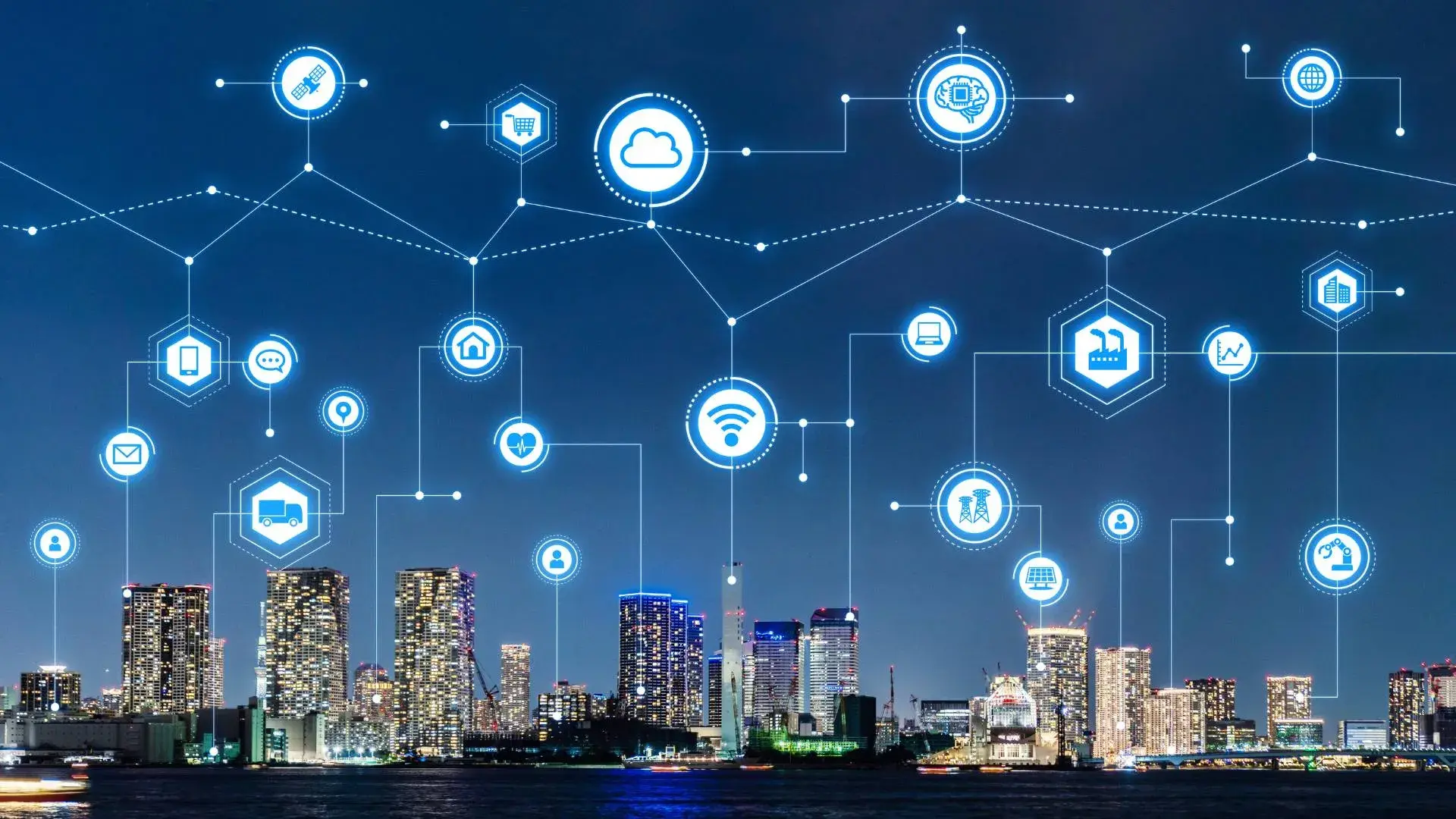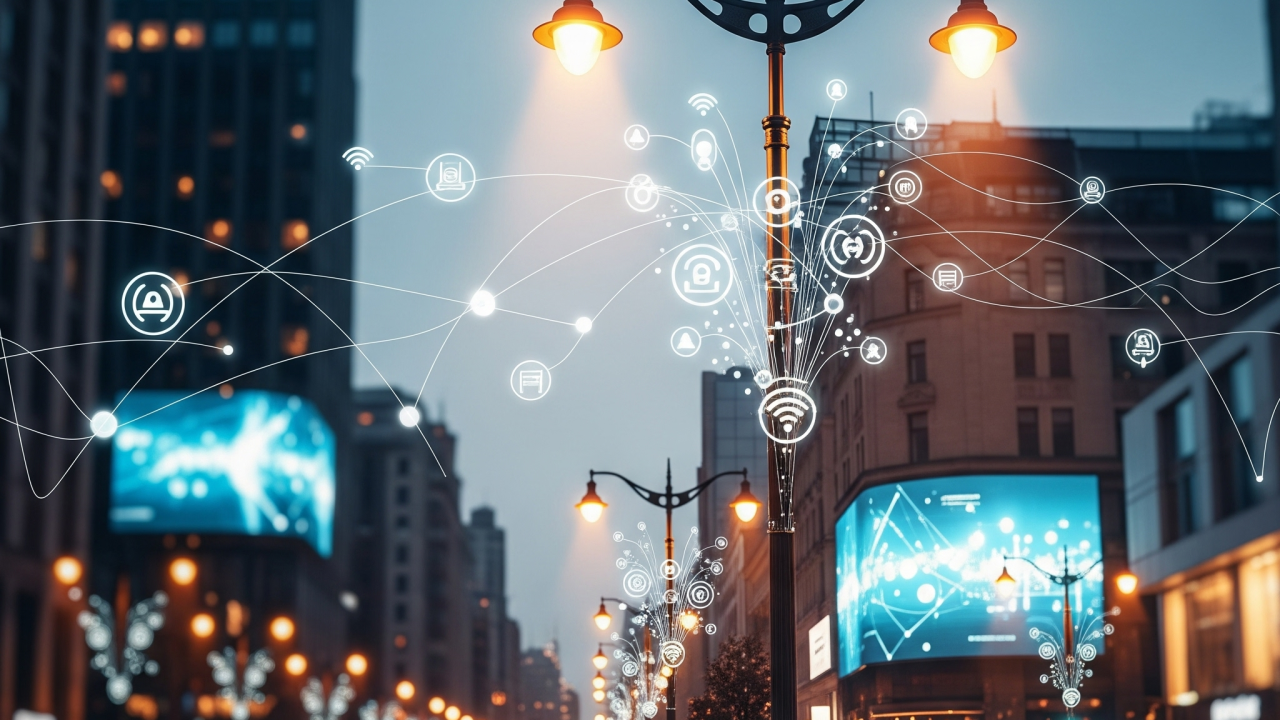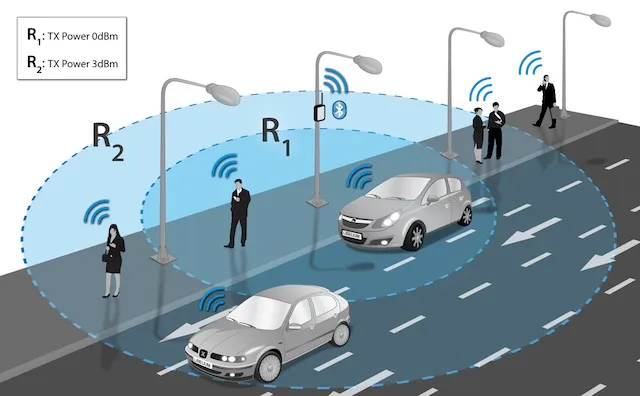Increasing Demands for Urban Road Safety and Efficiency
Urban roads are the lifelines of a city, but with growing populations and rising vehicle numbers, managing traffic has become increasingly complex. Traditional street lights only provide illumination, offering no additional value to traffic management. Smart poles, however, represent a paradigm shift. They are multifunctional infrastructure equipped with sensors, cameras, communication modules, and data analytics tools that not only light the streets but also collect, process, and share critical traffic information.
By acting as real-time data hubs, smart poles play a vital role in maintaining safety, efficiency, and order on busy urban roads.
Modern cities face mounting challenges in managing traffic: rapid urbanization, rising vehicle ownership, and increasing demands for road safety and efficiency. Traditional street lighting provides visibility but contributes little to traffic intelligence. The emergence of smart poles changes this paradigm. Equipped with IoT sensors, cameras, communication modules, and computing units, smart poles become multifunctional nodes that monitor, analyze, and respond to traffic in real time.
Importance of Smart Poles in Urban Road Traffic
Improved Road Safety
Real-time speed monitoring reduces collisions.
Hazard detection (fog, ice, flooding) prevents accidents.
Reduced Congestion
Adaptive traffic signals cut average delays by up to 20–30%.
Dynamic lane control based on traffic flow.
Data-Driven Urban Planning
Long-term datasets (vehicle counts, pedestrian flows) help optimize road expansion and public transport planning.
Integration with Future Mobility
Smart poles support connected and autonomous vehicles (CAVs) with V2X (vehicle-to-everything) communication.
Provide roadside intelligence for next-generation transport.
Cost Efficiency
Consolidates lighting, traffic monitoring, telecom, and environmental monitoring into one pole.
Reduces infrastructure duplication and maintenance costs.
What Data Do Smart Poles Collect?
Smart poles integrate advanced IoT hardware to gather data that was previously unavailable in traditional systems:
Vehicle Speed: Radar and camera sensors detect vehicle speeds, helping enforce limits and identify dangerous driving behavior.
Traffic Density: Cameras and motion sensors count vehicles per lane to monitor congestion levels.
Pedestrian Counts: Infrared and AI-based sensors track pedestrian flow for crosswalk safety and smart signal timing.
Road Conditions: Environmental sensors measure rain, fog, snow, and surface conditions to warn drivers of hazards.
Parking Availability: Smart poles identify open spaces and communicate this to drivers or apps.
Air Quality & Noise Levels: Monitoring pollution from traffic helps city planners design cleaner transport policies.
Working Process of the Smart Pole in Urban Transportation Management
Smart poles are more than modern street lights; they are multifunctional IoT nodes that collect, process, and transmit transportation data. Their working process involves five main stages: sensing, data transmission, edge computing, central control integration, and actionable response.
Smart poles are equipped with a wide range of sensors and devices that continuously monitor traffic and road conditions:
Radar/LiDAR: Detect vehicle speed, lane occupancy, and classify vehicle types.
High-Definition Cameras + AI: Monitor traffic flow, identify congestion, detect illegal parking, and enable automated license plate recognition (ALPR).
Infrared & Thermal Sensors: Detect pedestrians and cyclists at crossings, even at night or in fog.
Environmental Sensors: Measure air quality, temperature, rainfall, wind, and surface conditions (ice or flooding).
Acoustic Sensors: Detect accidents, tire skidding, or gunshots to improve emergency response.
- Data Transmission (IoT Connectivity)
The collected data is transmitted through high-speed communication technologies:
5G or 4G LTE: For real-time video and data transfer to traffic management centers.
LoRa/NB-IoT: For low-power sensors like air quality and pedestrian counters.
Fiber Optic Networks: For high-volume data in dense urban deployments.
This connectivity ensures the smart pole becomes a node in the city’s intelligent transportation system (ITS).
- Central Control Integration (Traffic Management Systems)
The processed and raw data are sent to the Urban Traffic Management Center (TMC), where it integrated with other systems:
Adaptive Traffic Signal Control: Adjusts green/red cycles dynamically based on flow data.
Incident Management: Dispatches police, ambulances, or towing services with exact GPS coordinates.
Traveler Information Systems: Updates digital signage, navigation apps, or VMS boards with live traffic status.
Data Archiving: Builds long-term datasets for city planners to analyze congestion trends and infrastructure needs.
- Actionable Response (Execution Layer)
The system’s final role is implementing changes that directly affect traffic conditions:
Traffic Lights: Smart poles send adaptive instructions to synchronize signals.
Street Lighting: Lights dim or brighten based on activity, weather, or incidents.
Variable Message Signs (VMS): Display warnings (fog, accident, congestion ahead).
Law Enforcement Alerts: ALPR and video analytics send automatic violation records to authorities.
Emergency Services: Immediate alerts and live video feed improve response time.
Comparison of Urban Transportation: Before vs. After Installing Smart Poles
Smart poles bring together lighting, IoT sensors, cameras, and communication systems into one integrated solution. The difference between cities that rely on traditional poles and those that deploy smart poles is significant across every dimension of traffic management.
| Category | Before Smart Poles | After Smart Poles |
|---|---|---|
| Traffic Monitoring | Limited, manual, delayed | Real-time AI-based monitoring, automatic alerts |
| Signal Control | Fixed timers, inefficient | Adaptive signals, 20–30% less congestion |
| Road Safety | Basic lighting only | Uniform LED lighting + ALPR, cameras, emergency alerts |
| Emergency Response | Slow, after manual reporting | Immediate alerts + live video feeds |
| Data for Planning | Sparse, manual surveys | Continuous big data (traffic, pedestrians, environment) |
| Connectivity | No digital function | IoT hub: 5G/Wi-Fi, V2X support, EV charging |
| Crime Deterrence | Low, limited visibility | Higher safety: CCTV, gunshot detection, public communication systems |
| Urban Efficiency | High congestion, poor adaptability | Smooth flow, smart mobility integration |
The shift from traditional poles to smart poles transforms transportation management from reactive to proactive. Before smart poles, cities relied on static infrastructure with little intelligence. After smart poles, cities gain real-time monitoring, adaptive control, improved safety, faster emergency response, and future-ready connectivity.
In essence, smart poles are not just lighting devices — they are the backbone of intelligent transportation systems, enabling safer, more efficient, and sustainable urban mobility.
Post time: Aug-25-2025












